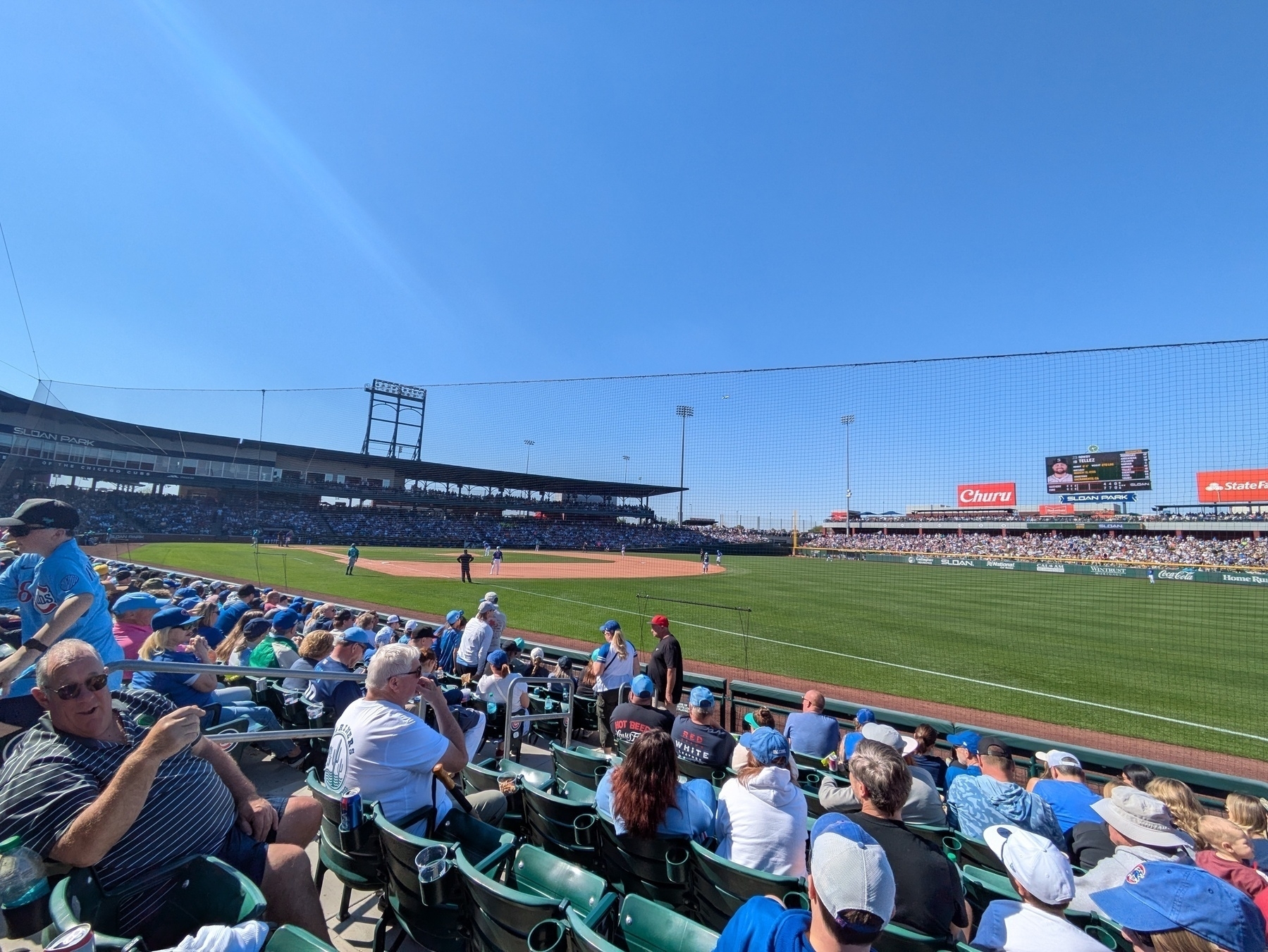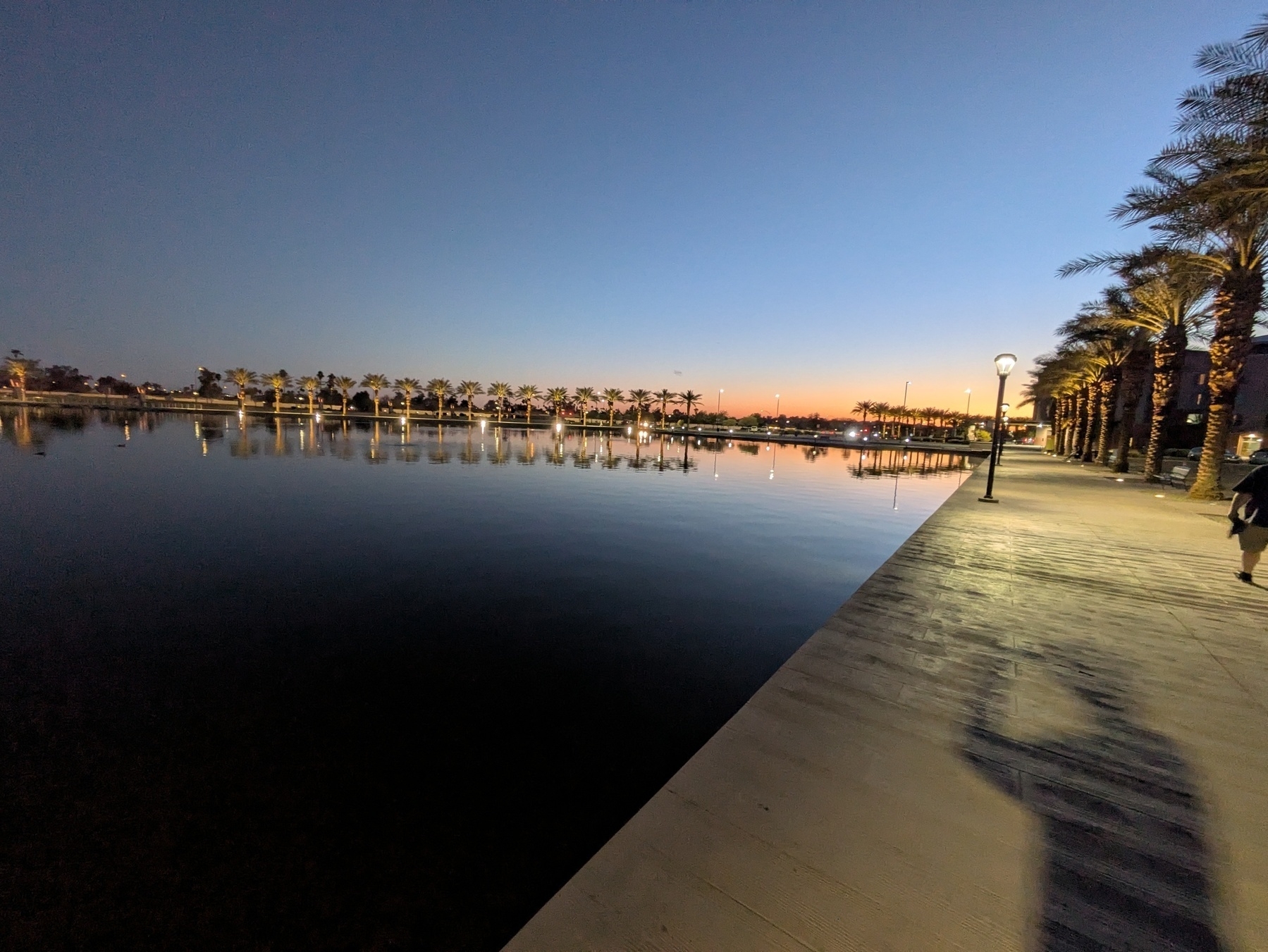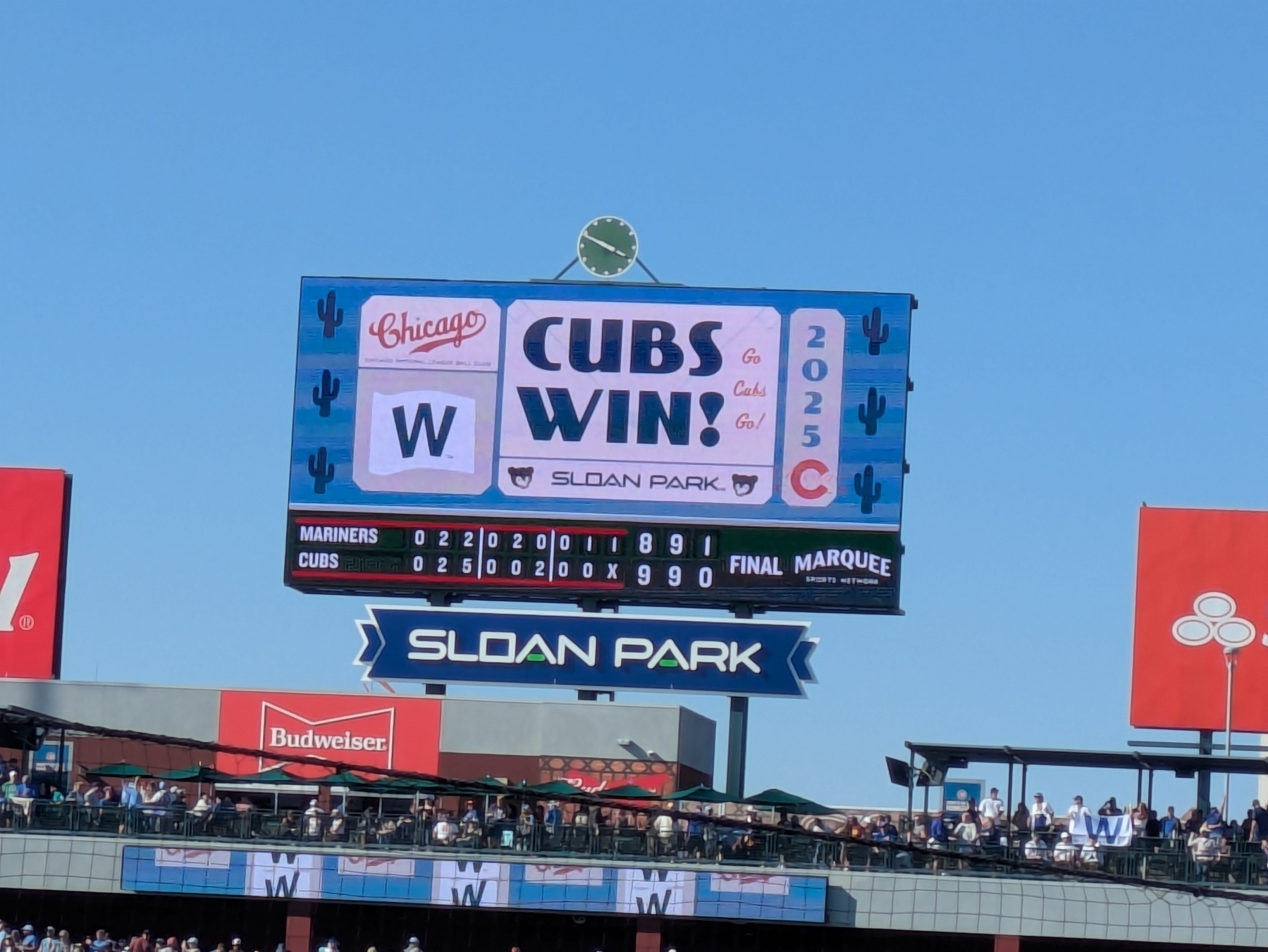The Purpose Of Government
Without due process, a claim of guilt is simply one man’s word over another. Without due process we are simply being asked to believe the claims that the humans they labeled as terrorists and thus deserving of deportation and imprisonment are in fact deserving of that label and loss of liberty. Due process is how governments insure that the right to liberty endowed by our creator is preserved.
We hold these truths to be self-evident, that all men are created equal, that they are endowed by their Creator with certain unalienable Rights, that among these are Life, Liberty and the pursuit of Happiness.–That to secure these rights, Governments are instituted among Men, deriving their just powers from the consent of the governed. – Thomas Jefferson, The Declaration of Independence
The Declaration Of Independence is important because it defines the values of the United States of America. It says the rights of life, liberty, and pursuit of happiness is not only secured for citizens but for all people because we all have the same creator. Due process for everyone is how we live out our values in the United States and denying that to anyone makes us hypocrites at best.
I did not know this, but the upcoming Frozen Four in St. Louis marks the 50th anniversary of Michigan Tech’s last national championship in St. Louis.
I am wondering today about the price of things that I eat every day, blueberries, yogurt, bread, and my fondness for guacamole. I’ve seen was the tariffs are doing to my retirement savings, but I have yet to see it impact my daily life, but that will happen soon!
The first blossom has appeared in the flowering tree in our condominium that is always the first tree to flower every spring. It is several weeks behind last year.

After a firmware upgrade of my Boox Note Air 3C I have been experimenting using a large PDF as a notebook template for my daily organizer. The plus is that I can search for my writing in notebooks and the minus is that I cannot navigation the notebook backups using the links provided in the original file.
My wish for a micro.blog app on an iPad is that it would allow me to specify Google Photos as my picture source rather than Apple Photos, which I don’t use.
And Then What?
During the 1990s American Society, driven by capitalism, developed an obsession of short term thinking and what we are now experiencing is the logical result. Consequentially, while it may be that the majority of Americans actually approve the current destruction of the United States government, the question of what comes next isn’t even being considered beyond hopes that Trump or Musk or whoever will be a benevolent dictator. Most are hanging on hope that their future will be better.
From what I can tell, the current Presidential administration does not have a plan beyond destroying everything that is in place because all of it, in it’s judgement, is corrupt. The destruction is not the means, it’s the end. Smart people, like Elon Musk, have recognized the opportunity, but by the time we fully understand what end he has in mind it will be too late.
Finished reading: Paul The Pharisee by John Dominic Crossan 📚
I have updated and completed the outline of the books that I read in 2024 and updated its inclusion in the larger total books read since 2020.
Remember a year ago when the big news was the antitrust suite against Apple? What happened to that?
Lawfar Media has an article about whether the Emoluments Clause of the Constitution applies to Musk. I wish a broader question would be asked. If the founders thought a quid pro quo relationship with U.S officials were bad, why is that relationship worse with foreign states than domestically? In my opinion, these domestic relationships, which include lobbying, are equally bad. Given how much money it takes to win an office, the dependency and consequences are worse! Of course, one cannot have this discussion with fundamentalists.
On Being America
What makes liberty, which I define as personal autonomy, real in America are two fundamental things:
-
When one is accused of a crime they are presumed innocent until proven guilty.
-
Whether one is guilty of a crime needs to be proven by the state beyond a reasonable doubt by a jury of one’s peers, or a judge if the accused prefers.
We usually refer to these two items as due process and without it there is no liberty. Further, in our Declaration of Independence we stated that all people, not just U.S. Citizens, are endowed by their creator the right to liberty. Liberty is not provided by the state, it is inherent to who we are as humans. Further, we declared that we create governments for the purposes of preserving these rights.
I don’t think the majority of the human species has learned well the lessons of World War II. The fundamental lessons of World War II is that humanity has the willingness and the capability to destroy itself. In other words, humanity can, and without the required maturity will, cause it’s own extinction. The United States emphatically demonstrated this in dropping nuclear bombs on Japan. For most of my life we have lived in the fear of this knowledge, aka the fear of nuclear war, but we have not really learned the lessons about how we need to change. Wars and weapons of war are rooted in fear. The only way to overcome this fear is to be satisfied with enough and see others as a part of ourselves.
Checking In On Wordland
Time to check in on Wordland to see what is new. Funny, whenever I want to type Wordland my fingers default to Worldland. If I am going to be paying attention to this site I will need to change the feed as the font is just too small for my eyes. I have created a new category for just these items that I enter using Wordland.
Yesterday I attended a Detroit Pistons game for the first time at Little Caesars Arena. It’s the first NBA game that I have attended in about 15 years. In my opinion the NBA, particularly in person, is much more of an event than a competition.

A week ago right now I was on a plane destined for Phoenix, where it was raining and cold all day. I choose to think of the sunshine we had for the remainder of our stay.

The sun has come down on my last night here in Phoenix. We saw two Cubs spring training games, and they won one and lost the other.

Cubs win! Cubs win! Cubs win!


The fundamental tenant of U.S. democracy is that if citizens don’t like what government office holders are doing they can remove then in an upcoming election by voting them out. It means that executive orders, laws passed by Congress, and even Supreme Court decisions, can all be reversed, so long as there are legitimate elections. Don’t think for one minute that neither Trump nor Musk know about this risk, they appear to not fear their work being undone perhaps because they know something we refuse to face.
The world view narrative of my life time has been Soviets, now Russians, bad, Americans good. The truth is much more nuanced and most importantly is that it’s not all Americans good and Russians bad, as Terry Cowan describes in a timeline that corresponds to a good chunk of my life.
I do know that Eisenhower warned about the wealth gathering of the military industrial complex that I cannot help but feel is behind much of what we do. I know that American involvement in Vietnam was not accepted to a majority of Americans. And I know that weapons of mass destruction was a false pretext to our invasion of Iraq. These don’t sum up to a trustworthy American side of the narrative.